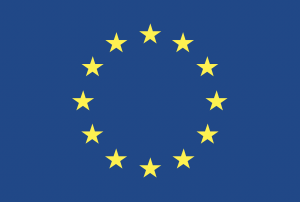Marco Palombo
Abstract
This talk will provide an introduction to microstructure imaging through dMRI and an overview of how machine learning can help improving several important aspects of it Diffusion MRI (dMRI) signal is sensitive to the tissue architecture at the cellular scale, namely microstructure. By analysing the dMRI measurements acquired with different experimental parameters, it is possible to infer some of the tissue properties (e.g. cell density, size and shape), with the ultimate goal of providing quantitative maps of tissue features and potentially define more specific biomarkers of the tissue state Conventional methods for microstructure feature mapping are based on fitting mathematical models to measured dMRI data. The fitting procedure have several limitations: it is time consuming, prone to degeneracy and require rich datasets Modern machine learning techniques can be used to learn the mapping between acquired dMRI signal and specific features of the tissue microstructure, by overcoming several of the major limitations of conventional model-fitting approach.
Short Bio
I got BSc. and MSc. degrees in Physics from Sapienza University of Rome, in Rome (Italy), on the broad topic of physics of soft matter and phase transitions Then I undertook a PhD in Biophysics always at Sapienza University to move my focus more on biological tissues, a special class of soft matter systems, and to study how to translate and apply concepts from soft matter physics to biology with the aim of improving the characterisation of biological tissue microstructure using non-invasive magnetic resonance imaging and spectroscopy techniques. My PhD work mostly focused on the characterisation of the microstructure of healthy brain tissue and brain tumor using diffusion weighted MRI For my first postdoc, I joined the Molecular Research Imaging Centre (MIRCen) in Paris (France) to expand my knowledge on molecular biology and neuroscience. I focused on developing metabolite-based diffusion MR spectroscopy techniques to quantify the structure of specific cell-types in the brain (e.g. neurons and glia) non-invasively and in-vivo. I pioneered a new paradigm that employs complex ultra-realistic virtual simulations of the brain cells to process the MR data using machine learning techniques. To further develop this innovative paradigm and apply it to broader MRI and the characterisation of organs other than the brain, I then took a position as senior research associate at the Centre for Medical Image Computing and Department of Computer Science at the University College London (UK) and most recently I was awarded the prestigious Future Leaders Fellowship.
Keywords
Microstructure imaging, Deep learning, Diffusion MRI, Machine learning, Regression









